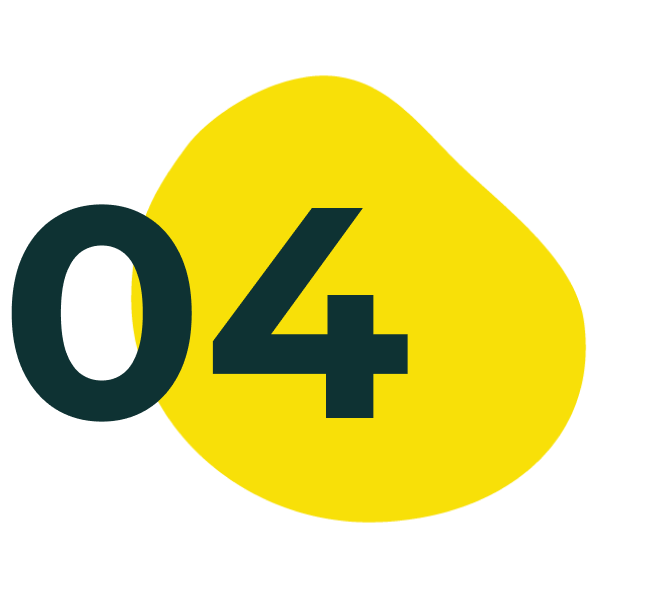Puppy Training Liverpool
Puppy Training Near me
Looking for the best puppy training in Liverpool? Look no further! Our expert trainers provide personalized, positive reinforcement training tailored to your puppy’s needs. We focus on essential skills such as obedience, socialization, and housebreaking, ensuring a well-behaved and happy puppy.
Our classes are designed to be fun and engaging, creating a strong bond between you and your furry friend. With years of experience and a passion for pets, we guarantee effective results. Join our community of satisfied dog owners and give your puppy the best start in life. Book your session today and watch your puppy transform into a well-mannered companion!
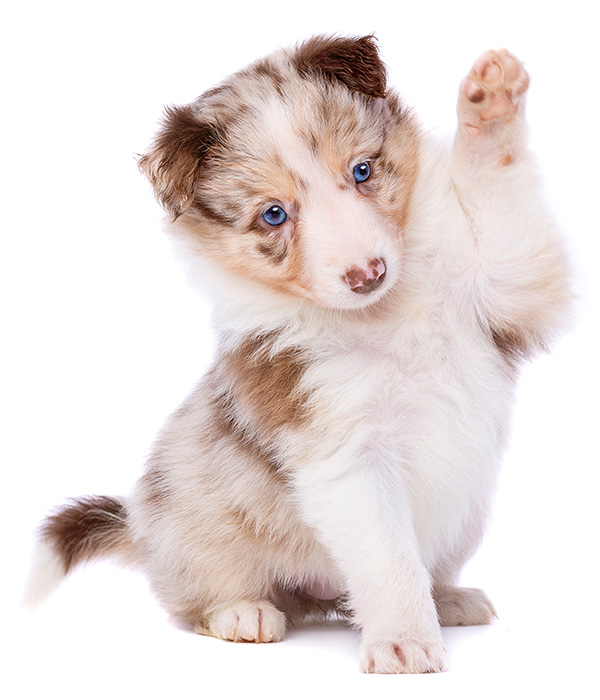

Puppy Specialist Liverpool
Seeking professional care for your just acquired pet?
Look no further than Puppy Specialist Liverpool! Our dedicated team of professionals is passionate about providing top-notch services tailored to your puppy’s unique needs. From comprehensive health checks and vaccinations to personalized training and socialization classes, we ensure your puppy grows into a happy, healthy, and well-behaved dog. At Puppy Specialist Liverpool, we understand the joy and challenges of raising a puppy, and we’re here to support you every step of the way. Trust us to give your puppy the best start in life. Visit us today and see why we are Liverpool’s premier choice for puppy care!
250+
happy clients
10+
years of work
Single Owner
360+

Puppy Training
We specialize in dog training services that cater to dogs of any size and any breed, addressing a wide range of behavioral issues
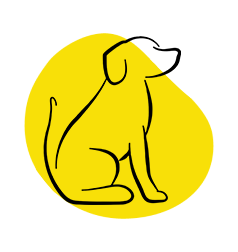
Behaviour Analysis
We specialise in Obedience training Liverpool,Puppy Training for dogs of all ages.

Stop Leash Pulling
Whether you have just got a new puppy, or an older dog that has some behaviour issues, I am here to help.
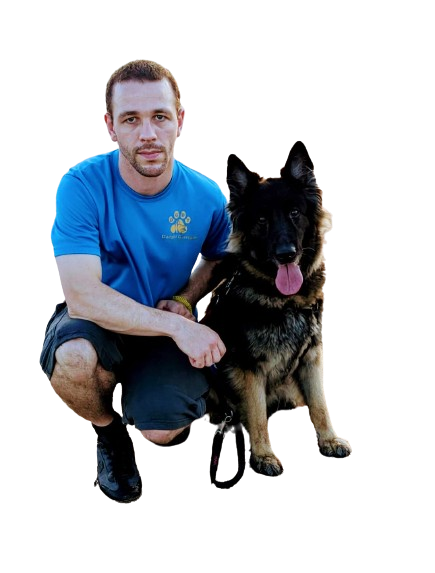

Agression Prevention
Stop your dog from being aggressive to other animals through our intensive aggression reduction course.

Excessive Barking
Excessive barking can be a frustrating issue for both dog owners and their neighbors.
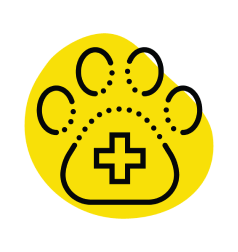
Excessive Barking
Excessive barking can be a frustrating issue for both dog owners and their neighbors.
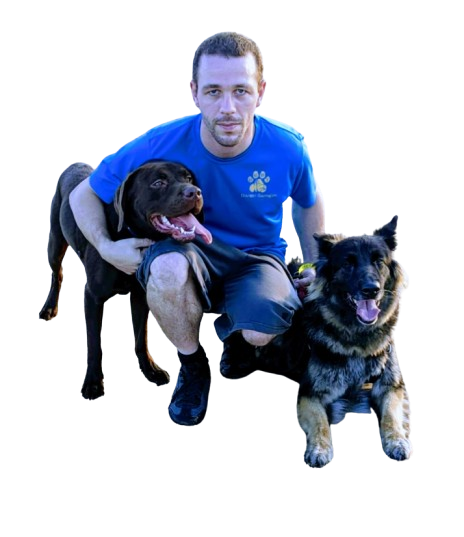

Our Services
I specialise in Obedience training Liverpool,Puppy Training Liverpool, Dog Obedience Trainers in Liverpool, Professional Dog Training Liverpool for dogs of all ages.

Develop a clear and loving relationship

Being able to communicate with them

Always be eager to please
